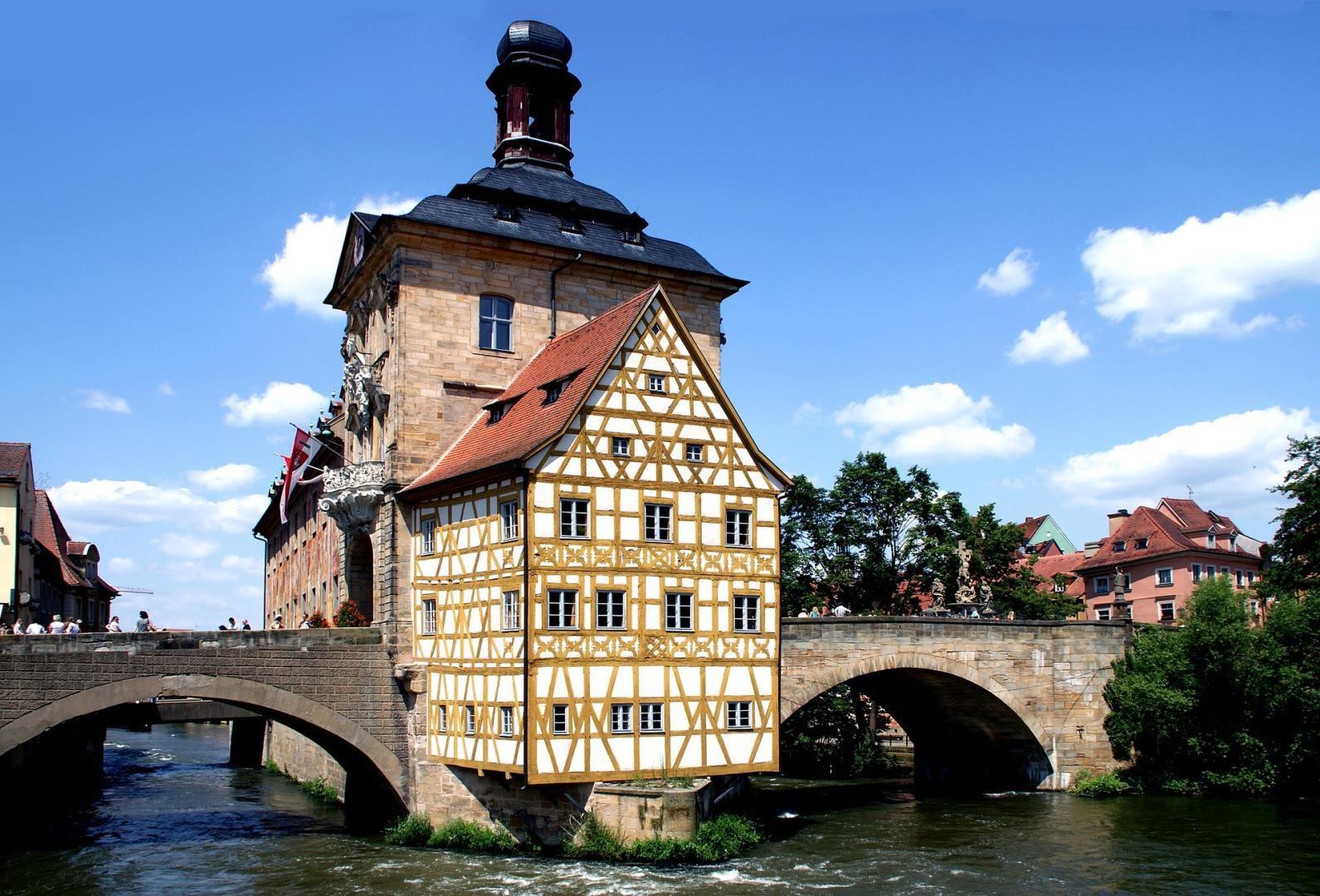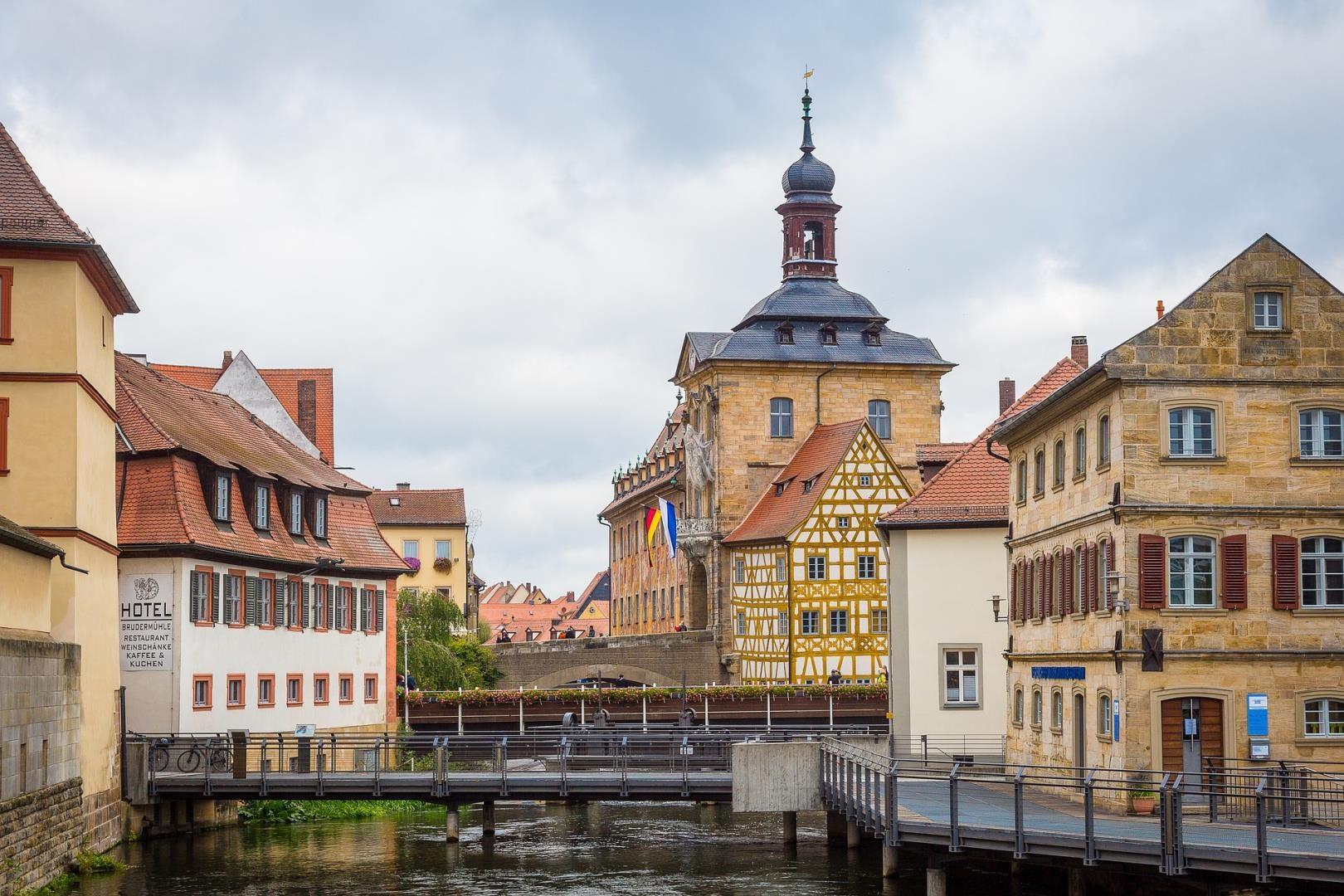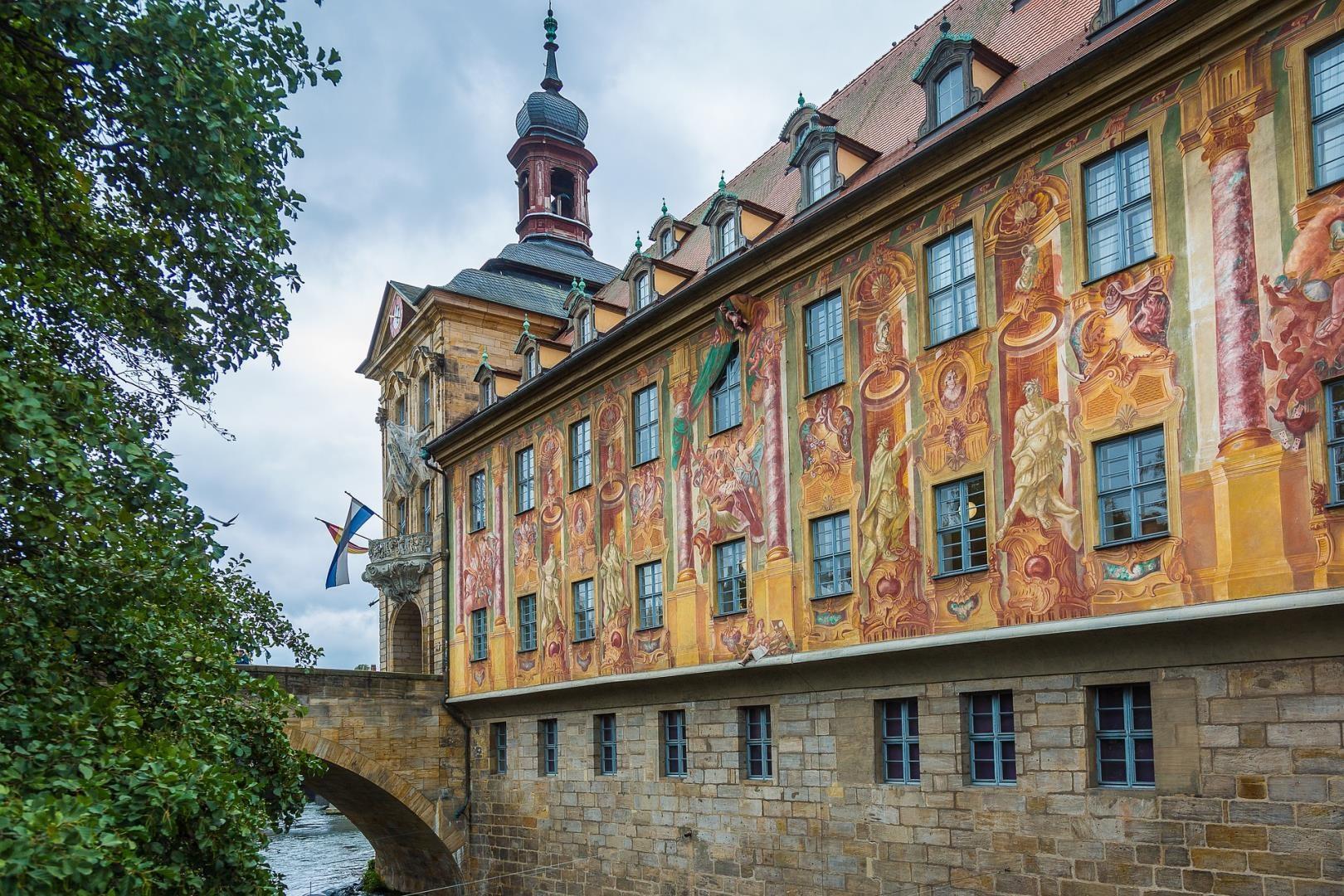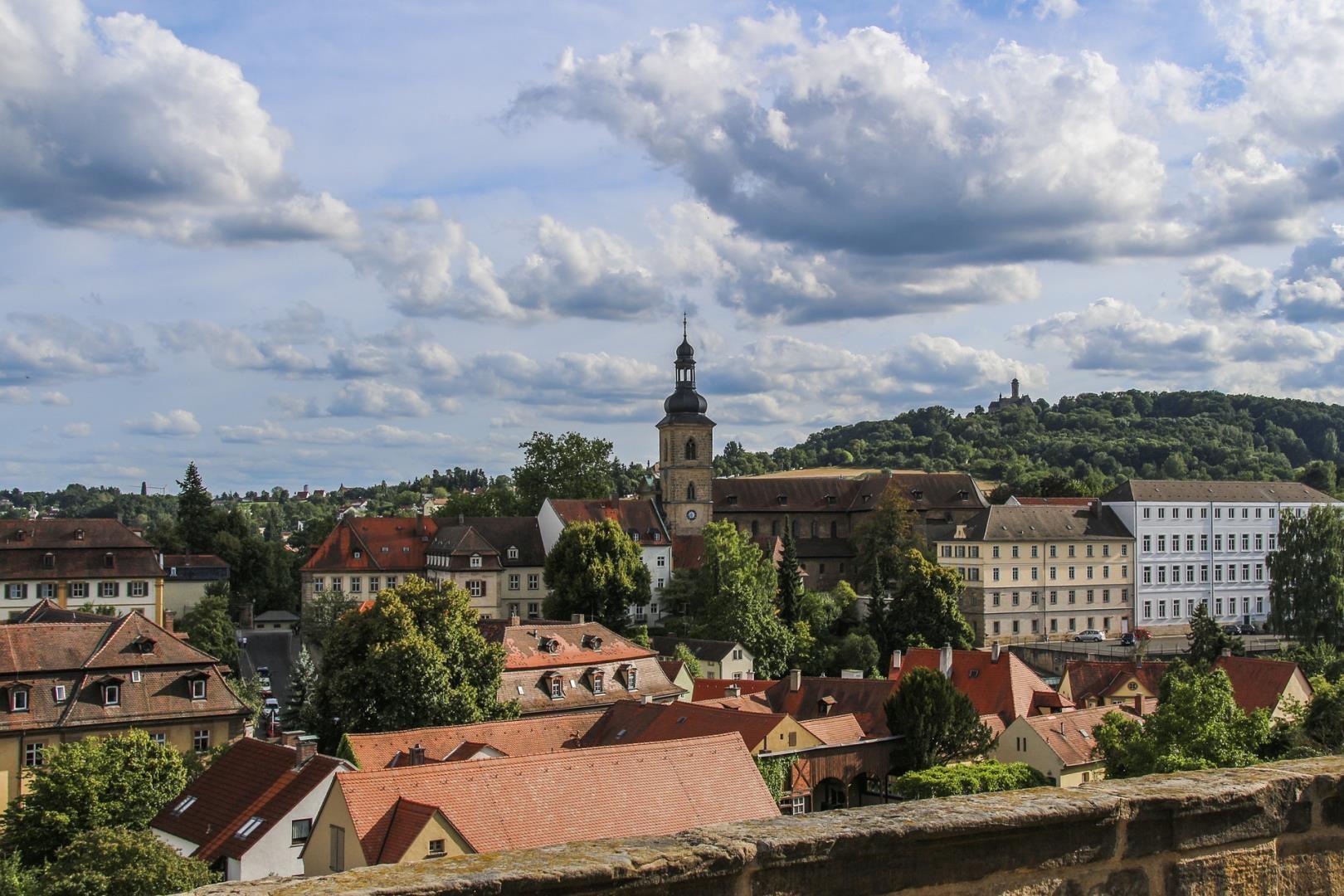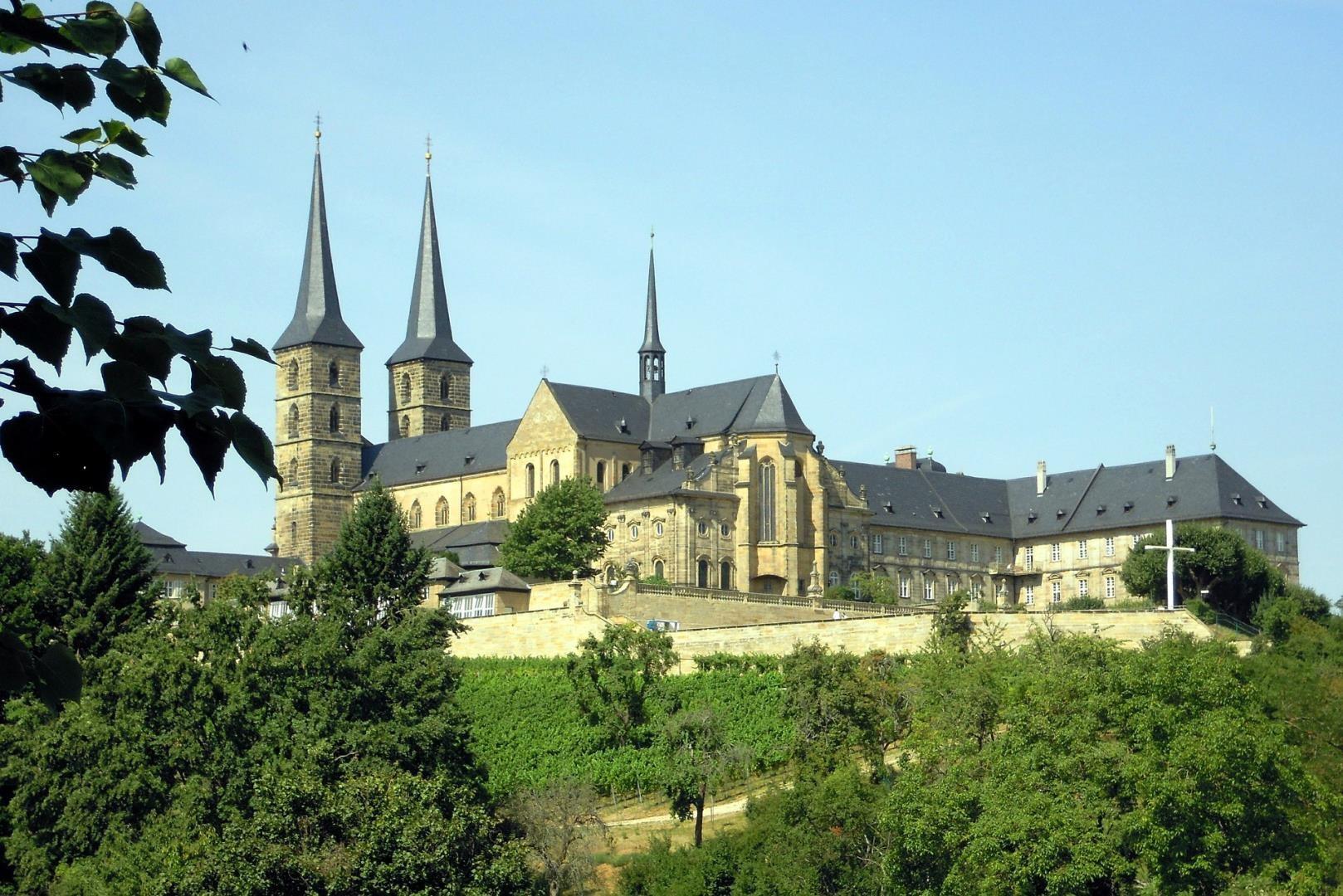

Spain
Most of Spain's border is surrounded by ocean; it is connected to the rest of Europe only by France to the northeast, and Portugal to the west. Spain is best known for its bullfighing, but there are scores of other reasons to visit: The Rock of Gibraltar, its many beautiful National Parks, fine art, castles, beaches, golfing, museums and shopping.

Osaka
Just south of Kyoto, Osaka is one of Japan’s largest cities and a cultural hub known for its spectacular culinary scene. Highlights of this sprawling and lively city include majestic Osaka Castle, whose tiers of white and green tower over Nishinomaru Garden’s blooming pink cherry trees, as well as the Shitennoji Buddhist temple, Osaka Aquarium Kaiyukan, and ever-popular Universal Studios Japan.

Symi
Symi, a charming island in the Dodecanese, Greece, offers a picturesque escape with its striking neoclassical architecture and vibrant Mediterranean colors. The town of Symi, a designated protected cultural heritage site, is renowned for its beautifully preserved pastel-colored mansions that line the harbor.

Annecy
Nestled between the pristine waters of Lake Annecy and the towering French Alps, Annecy is a charming gem in southeastern France that offers visitors a unique blend of history, natural beauty, and alpine allure. Often referred to as the "Venice of the Alps" due to its network of canals that wind through the old town, Annecy captivates with its cobbled streets, pastel-colored houses, and flower-adorned bridges.



